Process Checklist for Computer System Validation (CSV)
"Software validation" is often used interchangeably with "Computer System Validation" or CSV. Regulated businesses carry out validation projects to provide evidence that software and/or software controlled systems are installed and operates as intended.
Let's consider the example of a machine used in administering radiation therapy. Problems with the machine's programming could lead to an improper dose of radiation (either a lower or higher than intended dosage) which could result in lower than intended therapeutic value on the one end of the spectrum versus severe damage or even death on the other end. When robust CSV standards are in place and tested, situations like will be recognized and corrected before therapy.
The Food and Drug Administration (FDA) and different regulatory bodies do not treat computer system validation lightly. The following is how the FDA defines software validation:
"Confirmation, by inspection and the presentation of tangible evidence, that the software specifications comply with the purposes and planned uses of the user and that the specific requirements implemented through software can consistently meet their obligations."
General Principles of Software Validation; Final Guidance for Industry and FDA Staff, January 2002
Checklist for the Process of Computer System Validation
Since it is a multi-step procedure, computer system validation is often performed in stages.
The V-Model detailed in the Good Automated Manufacturing Practices (GAMP) 5 Guide, is a standard that most businesses adhere to when validating their computer systems.
The V-Model is constructed so that a quality check is performed after each validation step it passes. Let's look at the computer system validation process broken down into stages.
Planning - the organization's management determines the necessary budget and timeline to carry out "computer system validation." In addition, time and cost estimates are provided for each step as it is completed.
Defining URS (User Requirement Specifications) - encompasses, at its core, the whole of the tasks that a system must be able to do.
Design Specifications - a team working on CSV will decide both the appearance of a particular function and how it should operate to accomplish all of the requirements stated in the stage before this one.
Building and Configuring a System - you will be responsible for developing configured scripts, which will be used later to design the software for a computer system.
IQ (Installation Qualification) testing - a team of testers develop and execute a variety of scripts to establish whether or not they have selected the appropriate method to install the system into the user environment.
OQ (Operational Qualification) testing – a team of testers develop and execute a variety of scripts to establish the system operates as intended in the user environment.
PQ (Performance Qualification) testing – requires a CSV engineer to simulate the worst-case scenario possible to guarantee that a system will continue functioning as intended after being subjected to adverse circumstances.
Reporting – involves going through all of the actions that were executed during IQ, OQ, and PQ testing. The validation results must be documented, and the tester or auditor is responsible for organizing them as evidence that the system is ready for release.
These are the primary stages of the computer system validation process, which will assist the auditors in gaining a trustworthy perspective on the hardware and software that has been evaluated.
Final Words
We hope this article has provided valuable insight into the process checklist for CSV. Use this checklist as a guide for your next validation project.
Suppose you need assistance or more information on the CSV process. In that situation, we are here to assist you. Contact us to validate your software or systems accomplished by our subject matter experts and skilled professionals.

